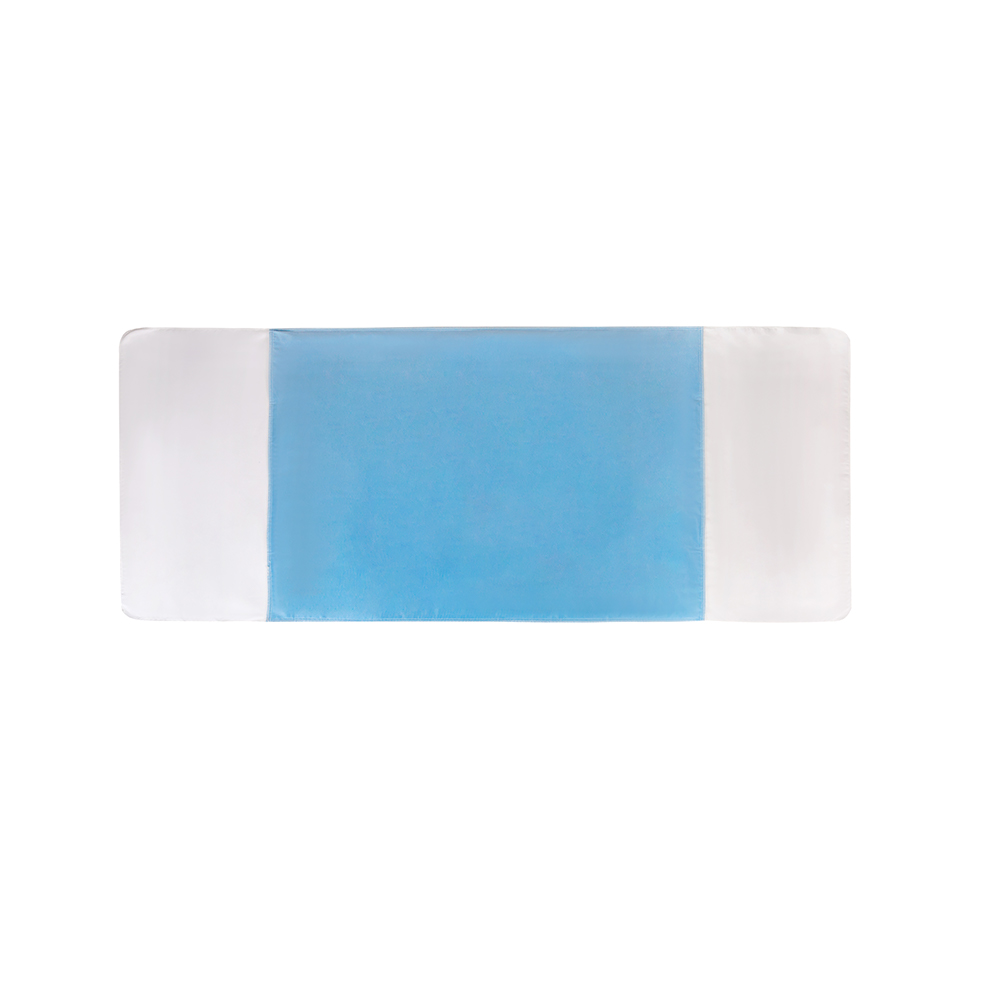Here's a specific method flow for testing the absorbency, wicking capacity, and overall performance of reusable incontinence underpads:
1. Sample Preparation:
- Obtain representative samples of the reusable incontinence underpads to be tested.
- Ensure that the samples are clean, free from defects, and have been pre-washed according to any manufacturer recommendations.
2. Absorbency Testing:
- Cut standardized test specimens from the underpad material (e.g., rectangular shapes of specified dimensions).
- Weigh each dry test specimen to determine the initial weight (W1).
- Place the test specimen on a flat, horizontal surface.
- Saturate the test specimen with a known volume of synthetic urine or water using a controlled delivery system.
- Allow the test specimen to absorb the liquid for a specified time (e.g., 5 minutes).
- Weigh the test specimen again to determine the weight after absorption (W2).
- Calculate the absorbency by subtracting W1 from W2.
3. Wicking Capacity Testing:
- Cut a rectangular strip of the underpad material to be used for wicking capacity testing.
- Prepare a reservoir of synthetic urine or water.
- Attach one end of the strip to the reservoir, ensuring it is fully immersed in the liquid.
- Allow the liquid to wick along the strip for a specified time (e.g., 30 minutes).
- Measure and record the distance the liquid has wicked along the strip.
4. Fluid Distribution Testing:
- Place the underpad on a flat, horizontal surface.
- Apply a controlled volume of liquid (synthetic urine or water) to a defined area of the underpad surface.
- Allow the liquid to spread and distribute across the underpad surface.
- Assess the uniformity of liquid distribution and any pooling or uneven absorption.
5. Reusability and Durability Testing:
- Subject the underpad to simulated wear and washing cycles as specified by ISO 12947-2 or other relevant standards.
- Assess the underpad's physical integrity, absorbency, and wicking capacity after a specified number of cycles.

6. Odor Control Testing:
- Expose the underpad to a controlled odor source.
- Collect and analyze the volatile organic compounds emitted from the underpad using dynamic headspace analysis or other suitable methods.
7. Microbial Growth Resistance Testing:
- Inoculate the underpad material with standardized microbial cultures (bacteria, molds) under controlled conditions.
- Incubate the samples and assess microbial growth over a specified period.
- Evaluate the effectiveness of the underpad in resisting microbial growth.
8. Skin Irritation and Sensitization Testing:
- If necessary, perform skin irritation and sensitization testing according to ISO 10993-10 or other relevant standards using standardized protocols and controls.
9. Data Analysis and Reporting:
- Compile the data collected from each testing method.
- Analyze the results and compare them to established criteria, standards, or regulatory requirements.
- Prepare a detailed report summarizing the findings of each test, including absorbency, wicking capacity, fluid distribution, durability, odor control, microbial growth resistance, and skin irritation/sensitization potential.
By following this method flow, manufacturers and researchers can comprehensively assess the absorbency, wicking capacity, and overall performance of reusable incontinence underpads to ensure they meet quality standards, safety requirements, and user expectations.

 English
English Deutsch
Deutsch









